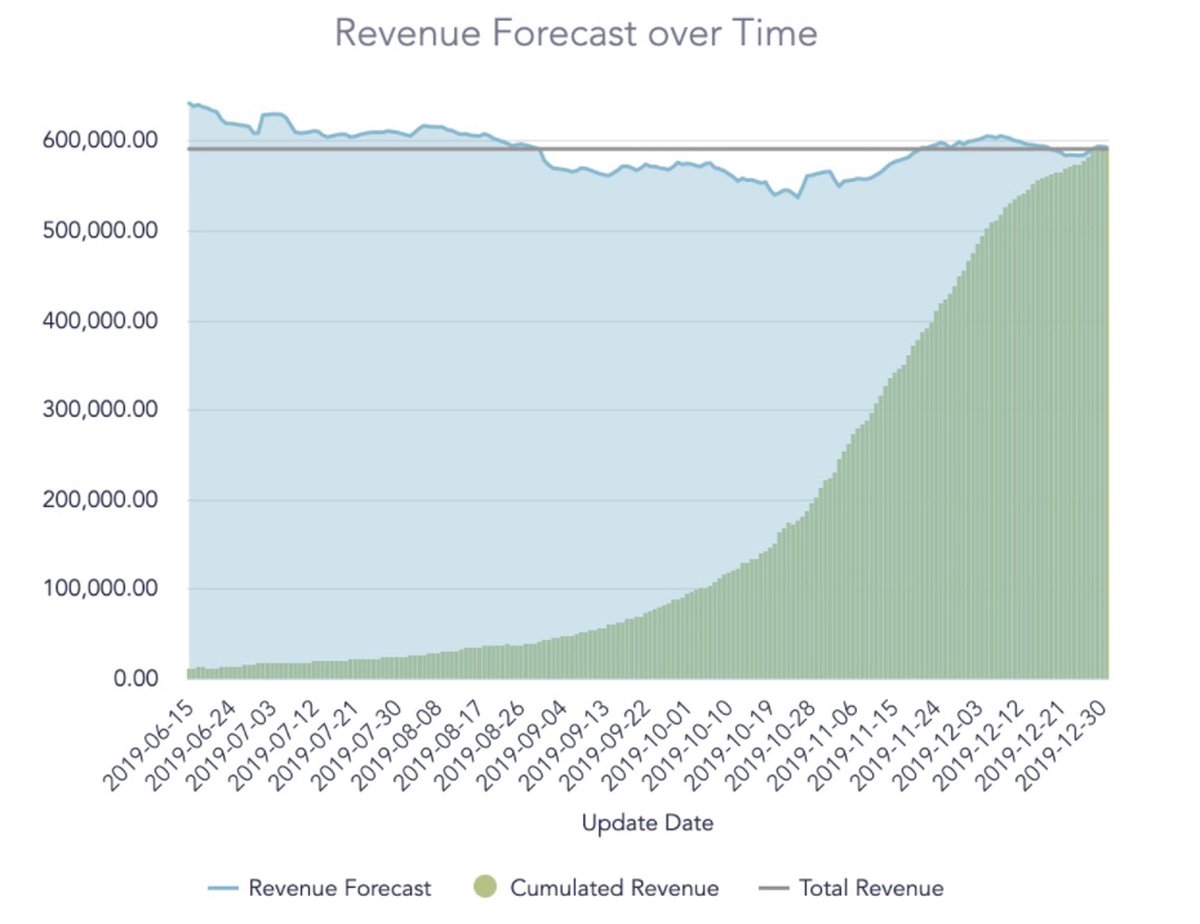While most hoteliers are familiar with forecasting elements such as historical data, recent trends and pacing, there are other considerations not as commonly discussed.
NB: This is an article from Pace Revenue, one of our Expert Partners
One of these is the role uncertainty plays in the pricing and forecasting process and, as we have all experienced over the last year, it’s (very) important. What’s more – we need a cultural change in revenue management in order to start seriously incorporating real uncertainty into forecasts but also making sure we take the right actions afterwards.
“We need to ditch the obsession with accuracy alone…and one further legacy problem in RM is that forecasting accuracy is usually partly tied to bonuses.”
Subscribe to our weekly newsletter and stay up to date
Forecasting uncertainty is important for pricing and it’s important for the cost-benefit analysis that an RMS needs to make on behalf of the clients. However, uncertainty can be a dirty word to traditional revenue managers. They don’t know how to handle it, so it’s not really taught, and they often believe that if you know what you are doing you should be able to forecast occupancy within 1% anyway. We beg to differ…as uncertainty is not under human control.
What happens if your methodology doesn’t take into account uncertainty? The limitation of technologies using traditional demand forecasting is that they use deterministic models that view all data as exact, which implies you have zero uncertainty. They take exact values as an input and they output exact values. As a result, their forecasting and pricing calculations are unaware of the uncertain nature of the demand, which also means they need years of data to be accurate. Furthermore, their forecasts struggle to combine different data sources properly.
So how would an RMS go about running that all important cost-benefit analysis? Well…they couldn’t! Price serves two roles: to stimulate/suppress demand and to give you information about demand. Without uncertainty, you can’t do a cost-benefit analysis, you can’t explore and you get no information about demand. In other words, you can’t react quickly to changes in demand patterns but only to changes in occupancy, which is not technically connected to the customer’s willingness to pay.
One of the unique and powerful things about Pace’s algorithm is that it knows about uncertainty. So we aren’t afraid to show its historical values to our customers. For example, below is a visual of how the Pace forecast has performed in the past and is what we present to our customers.

Ironically, when people talk about weighting one data source more than another – which RMSs sometimes do – that’s effectively an acknowledgement of uncertainty. The more uncertain source will be given a lower weight. But this is typically done heuristically and not at an inventory and night level, which is where powerful computation is needed. RM is a profession still driven by heuristics but we need more optimal and powerful solutions.
In summary – what forecasts are versus what people think they are is totally different.
- There’s more to forecast performance than accuracy – precision is also key and it’s not the same as accuracy…
- Forecasting for uncertainty is a critical component of revenue technology.
- Accounting for noise in the analytical process minimizes risk & increases profits.
New metrics
Given the uncertainty that Covid has reminded us all of, there is an opportunity now to establish a new set of rules and introduce new metrics. To start with, we believe that every forecast should come with a 95% confidence level. That means that we should look at forecasts as a range and not as an exact number and would be the best way to take into account uncertainty.
For example, a revenue forecast of €1 million for next December becomes a range of €800,000 to €1,200,000. In other words, we are 95% sure it will be over €800k and we are 95% sure it will be under €1.2m. If using ranges could become mainstream, it would not only help pricing but financial forecasting and operations as well.
We need to ditch the obsession with accuracy alone. One further legacy problem in RM is that forecasting accuracy is usually partly tied to bonuses. It usually makes about 10 to 20 % of the bonus calculation and, for the most part, the target for RMs is to keep overall revenue variance in comparison to the forecast to under 5%. If remuneration is partly tied to forecasting accuracy it limits what the system can do because the forecast itself can be sandbagged. Technically, one could manipulate things to make sure you hit the forecast and thereby win your bonus. So we must disconnect RM remuneration from forecast accuracy and break the habit of RMs trying to come within plus or minus x% of their forecast for a payday.

As an industry, should we go a step further and develop an index for uncertainty in hospitality? At a market level perhaps something like the VIX index, which financial markets use to track volatility, makes sense. Perhaps we could call it the HIX index (you heard it here first…)?
We could see a future where all RMs and GMs have a dashboard with a HIX chart always on display to keep an eye on volatility. Something that is a combination of future looking and historical data. We’ve gone ahead and built a HIX index prototype based on our own data (see chart above) from different countries and makes it clear when uncertainty is spiking. But until this happens, individual RMSs should at least reveal how well their forecasts did in the past.
In conclusion, we propose three industry changes:
- Forecasts as ranges with a 95% confidence level
- A volatility index (HIX) should be incorporated into the RMs toolbox to understand the forecast quality that one should expect
- Disconnect RM remuneration from forecast accuracy





